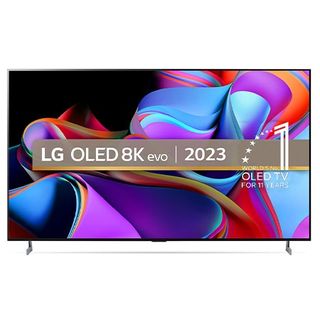Best 8K TV 2025: we tested the big names and only two are worth considering
Feast your eyes on state-of-the-art 8K TVs
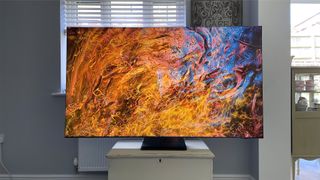
1. The list in brief
2. Best overall
3. Best OLED
8. Also consider
9. How to choose
10. How we test
11. Recent updates
12. FAQ
If you’re a hardcore tech enthusiast or cinephile you’ll likely be at the very least curious about next generation 8K TVs.
And if that’s the case and you’ve landed on this page, we have good and bad news for you. The good news is that 8K TVs have come a long way in the past year. The original sets we reviewed were hard to recommend due to the lack of native 8K content, and their fairly middling upscaling powers. While the primary issue remains, the latter has radically improved, meaning there is a tangible benefit to having an 8K set, in some instances, even when watching 4K content based on our latest testing.
The bad news is that there's a very limited number of 8K TVs available and only a very small number of them are worth considering – hence why there’s only two recommendations on this list. On top of that, Samsung is the only company really pushing them and set launch new 8K sets this year, all of which will cost a lot, even by premium TV standards.
Which is why, unless you’re a serious enthusiast we still recommend most people consider a 4K set. But, if that doesn’t put you off, scroll down to see our picks of the best 8K TVs currently available.
The Quick List
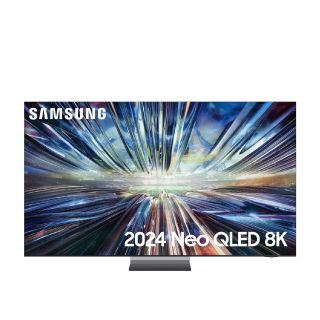
Best overall
The What Hi-Fi? Award-winning QN900D is the best flagship 8K TV we have tested, period. Featuring excellent picture quality and the best upscaling we have seen this is the 8K set to get, if you can afford it.
Recent updates
6th August 2024: Updated with new introduction reflecting our latest buying advice and updates to pricing for every set.

As What Hi-Fi?’s veteran home cinema tester I have reviewed all the big developments in TV tech for close to two decades, including the shift from FHD to 4K and the latest arrival of 8K sets. This, plus my experience testing new technologies as they come out, puts me in a unique place to offer accurate buying advice on next-generation 8K TVs. That’s why I look after this list, updating it to include our latest advice, which is always based on our first-hand experience using the sets as well as our holistic knowledge of the TV market.
The best 8K TVs right now
Best overall













Samsung QN900D
Our expert review:
Specifications
Reasons to buy
Reasons to avoid
Samsung unveiled a wealth of new 8K TVs at the Consumer Electronics Show (CES 2025) in Las Vegas this January. This is headlined by the new Neo QLED 8K QN990F which the firm is billing as “its most advanced to date”.
However, until we get it in for testing the QN900D is the one we recommend and know is worth your hard earned cash.
During testing it proved to be the best 8K TV our team of experts has ever tested, a fact evidenced by it winning a What Hi-Fi? Award.
Key perks include a Mini LED panel with more dimming zones, which grants more granular control of which pixels are being charged. The processor has also been upgraded to the latest-generation Neo Quantum 8K AI Gen 3, which is twice as fast as its predecessor.
What do the upgrades mean for the QN900D’s real-world performance? A lot, based on our experience reviewing it. Our testers went so far as to report: “Samsung’s new flagship TV suggests 8K is far from dead.”
Key improvements include noticeably more accurate colours – even when watching difficult Dolby Vision HDR movies, such as Mad Max: Fury Road – great motion handling, and radically improved upscaling.
The last of these surprised us the most and makes the QN900D the easiest 8K TV to recommend. This is because, as there is next to no native 8K content available at the moment, the primary benefit you enjoy when investing in a higher-resolution 8K TV hinges on its ability to upscale 4K and FHD content.
Traditionally this has been an issue as the upscaling process injects some artificiality into the image. Not with the QN900D, though; our testers report:
“Its picture quality improves considerably in just about every way on its predecessor, crucially leaving clear blue brightness water between it and 2024’s top OLED TVs, and rewriting the upscaling rule book to remind us in no uncertain terms that 8K TVs don’t have to be fed 8K content to make a difference.”
The only downsides to the set are that you are paying a premium for the next-generation resolution, and the TV’s slightly lacklustre sound. It simply doesn’t do justice to the wonderful immersive picture it delivers.
Read our Samsung QN900D review
Best OLED









2. LG Z3 (OLED77Z3)
Our expert review:
Specifications
Reasons to buy
Reasons to avoid
If the Samsung QN900D wasn’t premium enough to get you reaching for your wallet, then the LG Z3 is the only other 8K TV we have tested that we believe is worth considering. It scored four out of five stars; a large part of this was down to its hefty cost, which makes it a hard sell for anyone but the most cash-rich of buyers. But, if you do have the money, it does come with one key benefit over all its Samsung rivals: its use of a micro lens array (MLA), OLED panel.
If you jump over to our regular best TV and best OLED TV pages you will see this is a big deal, as OLED offers one key advantage over Mini LED: it can produce perfect blacks. This is by merit of the hardware’s ability to charge individual pixels rather than zones or an entire backlight. While we really wouldn’t recommend anyone but the richest buyer consider it, there’s no denying the Z3’s picture is amazing.
Using a test reel of native 8K content provided by LG and our usual assortment of 4K test discs to check its upscaling prowess, our testers were uniformly impressed, going so far as to report:
“Viewed in isolation, the LG OLED77Z3 is in many ways a thing of beauty. Its 8K resolution both brings out the best of OLED’s self-emissive technology and enhances the appearance of any decent HD and 4K content you throw at it – as well as looking next-level sensational with native 8K sources if you can find any.”
But there are two key niggles to be aware of. First, it doesn’t handle motion processing and HD upscaling as well as its direct Samsung rival. HD sources look slightly more artificial and less defined on the LG during our comparisons.
Second, despite having the What Hi-Fi? Award-winning MLA tech, the Z3 was noticeably less bright than its cheaper 4K sibling. With the LG G4 set, which the company claims is even brighter than the G3, due to come out, this makes it a hard sell unless you really want 8K.
Read our LG Z3 review
Also consider
- Samsung QE75QN900A: Samsung’s 2021 flagship 8K TV is available for marginally less than the Q900D at the moment. We recommend the new model over it, but if you can’t afford the extra cash it’s still a valid alternative.
- Samsung QE75Q950TS: though stocks are more limited, the 2020 QE75Q950TS is even cheaper than the 900A and D, making it one of the most affordable 8K options you can get at the moment.
- Sony KD-75ZH8: Sony has a dedicated following in the world of TV. If you fit that bill then, while stocks are limited, if you can find one and really want an 8K set from Sony, the KD-75ZH8 is the only option at the moment.
How we choose
You can now buy 8K TVs from a number of brands, including Samsung, LG and Sony, though due to their niche appeal, there are comparatively far fewer models to choose from. But as an 8K TV is a huge investment in money and space what factors should you be considering when trying to choose?
If you've got 8K on your mind then picture quality is obviously a high priority so it's important to carefully consider the type of display technology being used. Without a doubt, OLED has become the premium TV technology of choice, thanks to its perfect blacks, extraordinary contrast and exceptional viewing angles. QLED, which combines LED (or Mini LED) backlighting with ultra-vibrant Quantum Dots, is a strong alternative, though, largely thanks to being capable of greater brightness and punchier colours. Standard LCD TVs (often, confusingly, sold as 'LED' TVs on account of their LED backlights) are more variable in overall quality but, if you shop carefully, can offer excellent bang for your buck.
For the time being, most of the content you watch on an 8K screen is going to be 4K, so how well the TV upscales should be one of the biggest factors in choosing which model is right for you. A great 8K TV should show make lower resolutions look their very best, with processing that enhances and sharpens the picture without making it appear processed.
Are you planning to combine your huge new TV with a dedicated sound system? You probably should, because even high-end TVs have sound that's passable at best. But if you're determined to keep things neat and rely on the in-built speakers, check our reviews to make sure that they're good – there's no point in having incredible picture quality if the accompanying sound is rubbish.
How we test
We use the same testing methodology reviewing 8K TVs as any other set. At its heart the process involves comparative testing in our controlled viewing room.
We never make performance comparisons based on our testers' memory. That’s why we always make sure to test the TV we are reviewing directly against its rivals and other products we think the reader would be considering in our viewing rooms. The TVs are set up directly next to one another, connected to our reference AVR and 4K Blu ray player, which we use to split the signal when running test discs.
The test discs we use are an ever evolving library of 4K Blu rays that we update to reflect what people are currently watching. We also tailor the discs to test specific aspects of the TV’s picture performance. For example, we would use an incredibly dark scene from a movie mastered at a low nit count, such as The Batman to check shadow detail. For audio, we use a demanding bassy scene, such as the spice collection scene in Dune, to gauge low end audio performance.
On 8K TVs we also make sure to use any test content shot at that resolution – though at the moment this is generally limited to test footage provided by the TV makers, rather than actual movies or TV shows. This is why we rank upscaling as such an important factor for 8K TVs – pretty much everything you watch will be 4K or 1080p.
From there we check app support by running through a checklist of services we think most buyers will expect. We then install them and check if they run in the resolutions, HDR and surround sound audio formats they should on the TV. For gaming performance, we do the same process with an Xbox Series X console connected. During these checks, we also measure input lag.
Before making any final conclusions we also ensure at least two testers have run the checks and have compared notes. Our reviews are never based on one tester’s experience with the product in isolation
FAQ
Are any new 8K TVs coming out in 2025?
Samsung has confirmed it will launch a number of new 8K televisions this year. The sets were unveiled at CES 2025 and are headlined by the new Samsung Neo QLED 8K QN990F. The TV is the direct successor to the D-series we recommend at the top of this list and being billed by Samsung as its most advanced to date. Key changes include a new NQ8 AI Gen3 Processor designed to radically improve the set’s upscaling powers – an area we already found the QN900D to be very accomplished at. The TV is set to launch later this year, though no firm release date or price has been given yet. We’ll hopefully get more information on the QN990F and a review unit to test soon, at which point we’ll update this page.
Does Apple TV do 8K?
No version of Apple TV currently supports 8K video streaming. The latest Apple TV 4K we reviewed launched in 2022 and as the name suggests, capped at UHD streaming quality. There are some rumours that the next version of the Apple TV will feature an updated chipset and be able to support 8K, but we’re taking all of these with a hefty dose of salt. There is currently next to no content even shot in 8K, let alone available to stream. Even if the new Apple TV does arrive and does theoretically support it, you would still not have much, if any, content to watch in native 8K.
What is the cheapest 8K TV?
8K TVs are still a rare, and generally premium item. But they are gradually coming down in price. This year we expect that to continue, with the launch of new Mini LED 8K TVs, such as the LG QNED99T – though we await final pricing to confirm this. Despite the gradual drops in price, new 8K TVs will generally cost at least as much as a flagship OLED. That means you will need multiple thousand to spare as a baseline unless you’re willing to buy a second hand 8K TV.
Which companies make 8K TVs?
Samsung has been the main company pushing 8K TVs, though Sharp was the first to show one off when it showed a demonstration set at the Consumer Electronics Show (CES) in 2013. In the current market, Samsung and LG are the biggest names with 8K TVs you can buy, although TCL also offers an 8K Mini LED, the X925, in select markets. 8K projectors are far more common and can be bought in most specialist home cinema retailers. Though again, be warned: these are also very expensive and suffer from the same shortage of native 8K content as TVs.
What is 8K?
What we're talking about here is resolution. This means the number of horizontal and vertical pixels. Pixels equal information, so more pixels should mean a better quality image. That's the theory, at least.
In the case of 8K, this means a horizontal resolution of 7680 pixels and a vertical resolution of 4320 pixels (7680 x 4320), resulting in a display that consists of just under 33 million pixels.
By comparison, 4K video has half the number of horizontal lines and half the number of vertical lines (3840 x 2160), equating to a total pixel count of around 8.3 million.
So, yes, 8K has four times as many pixels as 4K (and 16 times the number of Full HD, for what it's worth).
Who is making 8K content?
8K video developments to date have largely been driven by filmmakers and TV broadcasters. From a video-editing point of view, the higher resolution can be useful. While filmmakers may not ultimately deliver an 8K film, shooting in the higher resolution gives editors room to manoeuvre, allowing for cropping and zooming while still retaining a high-resolution image. That said, 6K cameras are currently far more prevalent in Hollywood.
Meanwhile, in Japan, broadcasters have been experimenting with 8K TV for some time. Back in 2015 the Japanese Broadcasting Corporation, NHK, ran a series of 8K trials, and in 2016 the company announced it was successfully demoing 8K broadcasts. So successful were the trials, NHK has now launched the world's first 8K television channel. Since 1st December 2018, it has broadcast 8K TV shows on a daily basis, 12 hours a day, and even broadcast the 2019 Rugby World Cup in 8K. Next up is the Tokyo Olympics, which is now scheduled to take place in the summer of 2021.
The Korean Broadcasting Corporation (KBS) is also researching 8K broadcasts, working with LG on content, possible broadcasts and displays – there was 8K experimentation at the 2018 PyeongChang Winter Olympics. And if you were in Brazil at the time, you could have watched the 2018 World Cup in 8K.
The likes of Netflix and YouTube were, of course, quick out of the blocks when it came to 4K content, and now streaming site Vimeo has jumped aboard with 8K. A recent update adds support for HDR and 8K resolution videos. Naturally, you will need an 8K screen to take advantage, and you might be hard-pushed to find anything truly worth watching.
Rakuten TV wants to become a true global alternative to Amazon Video and Netflix and has ambitious plans to help that become a reality. Along with a rapid expansion into new countries, it seems 8K content is also part of the strategy - the company announced plans to have 8K films on its service by the end of 2019, although all has since gone rather quiet on that front.
So ultimately, despite many companies expressing optimism about 8K, it's important to be aware that almost no native 8K content is available. If you buy an 8K TV and want to show off it's ridiculously high resolution. At this stage, no streaming services have even hinted at launching 8K content, and it seems increasingly unlikely that an 8K disc format will ever materialise.
For those reasons, it's hard to recommend that most people pay the extra for an 8K TV at this stage. But if you've got deep pockets and want to be as ready as possible for the potential 8K content of the future, then there's no harm in going for an 8K TV now, particularly as many models make current 4K content look better than ever.
Recent updates
- 14th January 2025: New intro and buying advice updated to reference new Samsung models coming out later this year.
- 15th October 2024: Updated to reference the Samsung winning a What Hi-Fi? Award.
- 6th August 2024: Updated with new introduction reflecting our latest buying advice and updates to pricing for every set.
- 7th May 2024: We holistically rewrote this guide to reflect changes in the 8K TV market. These included updating what sets we recommend to reflect our recent reviews and redoing the how we choose, how we test and 8K TV FAQ sections.
MORE
Get the What Hi-Fi? Newsletter
The latest hi-fi, home cinema and tech news, reviews, buying advice and deals, direct to your inbox.

Alastair is What Hi-Fi?’s editor in chief. He has well over a decade’s experience as a journalist working in both B2C and B2B press. During this time he’s covered everything from the launch of the first Amazon Echo to government cyber security policy. Prior to joining What Hi-Fi? he served as Trusted Reviews’ editor-in-chief. Outside of tech, he has a Masters from King’s College London in Ethics and the Philosophy of Religion, is an enthusiastic, but untalented, guitar player and runs a webcomic in his spare time.
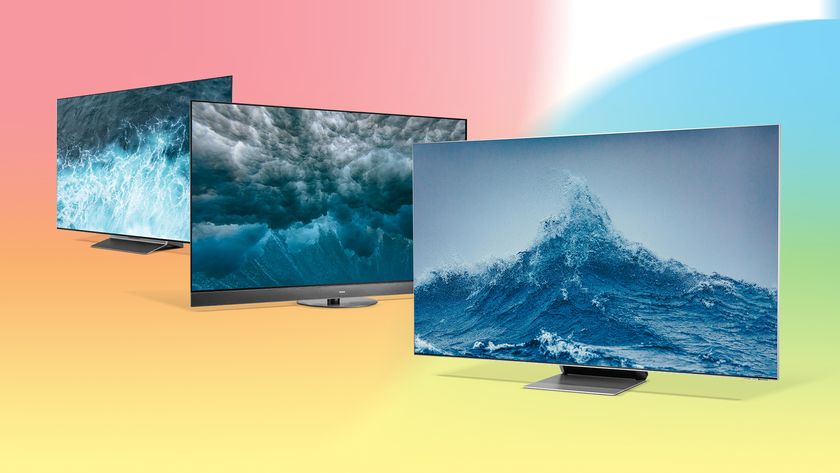
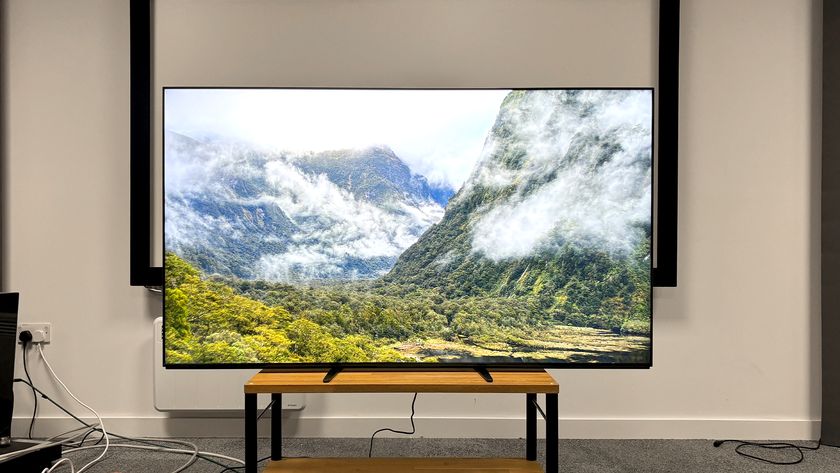
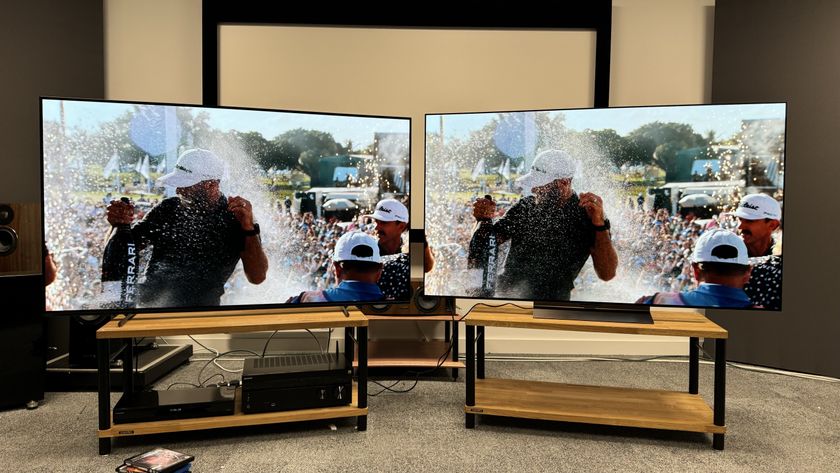
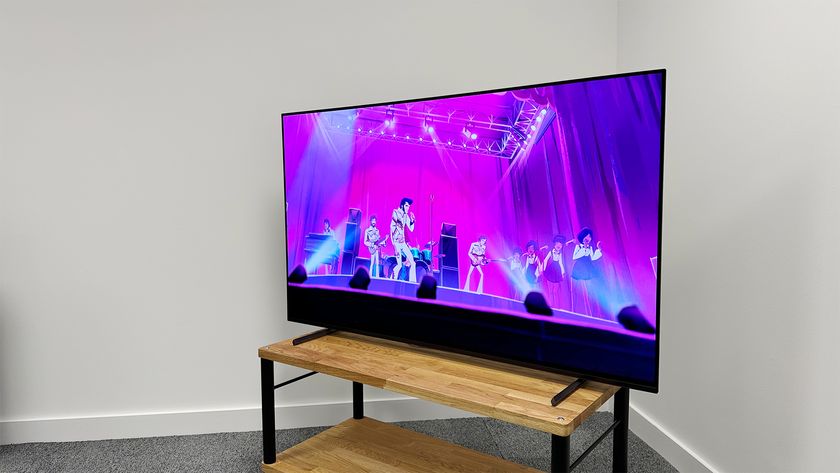
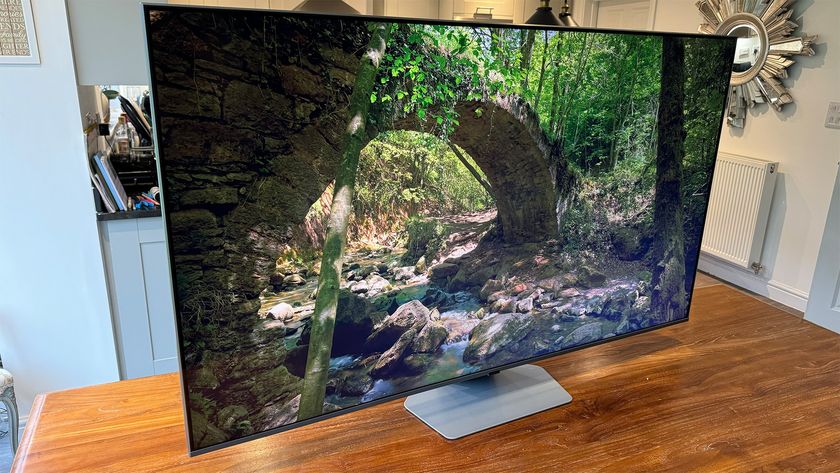
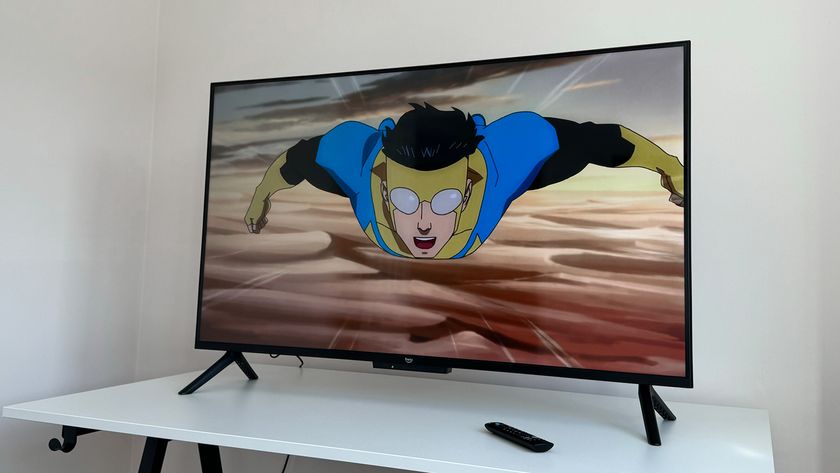
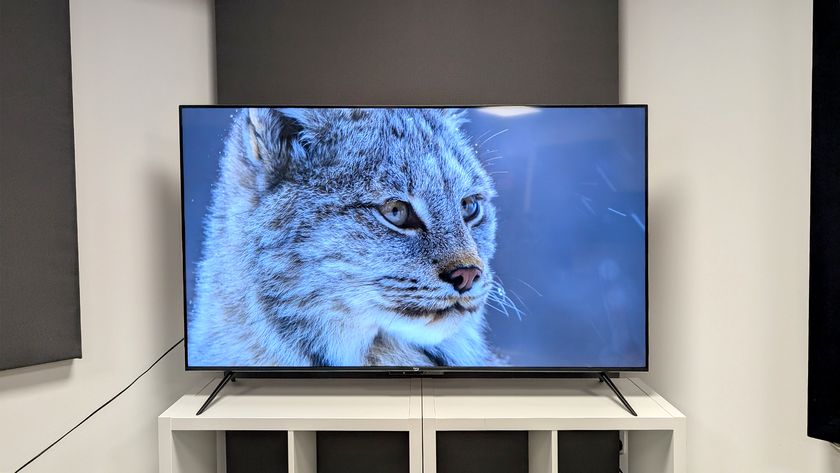
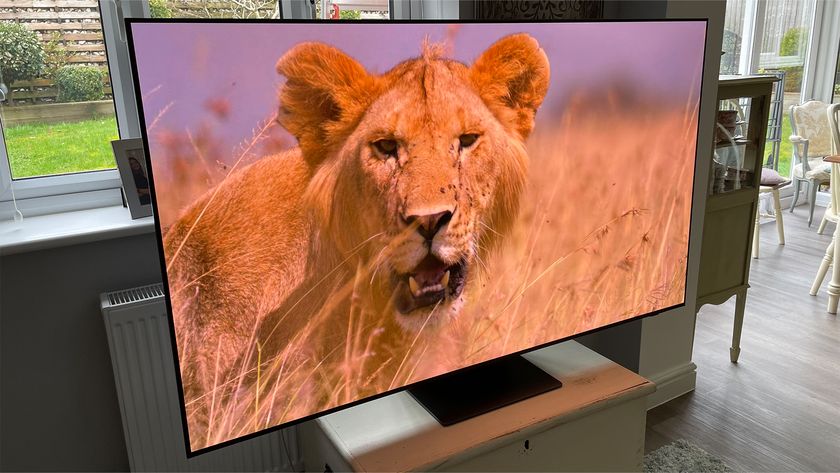
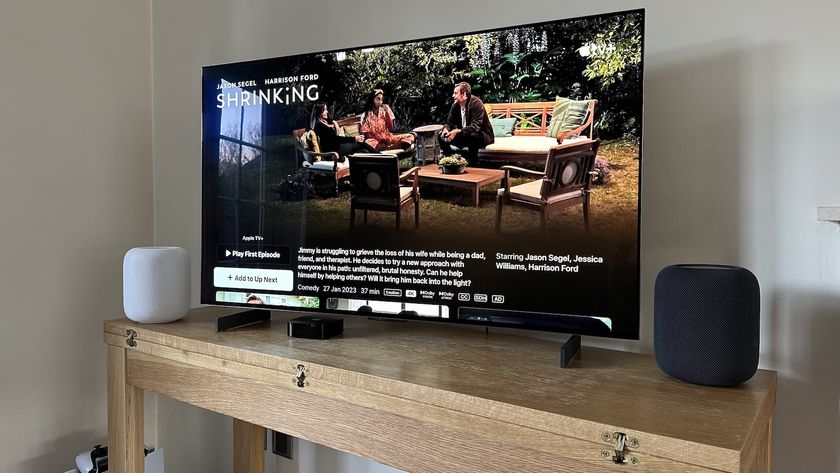
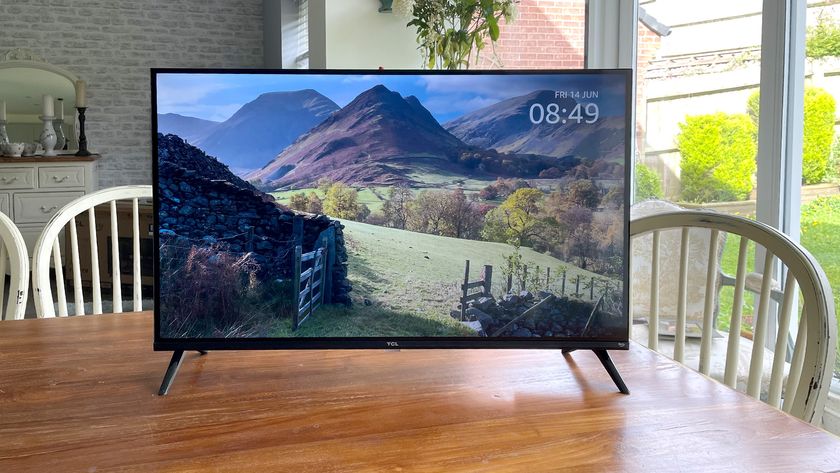
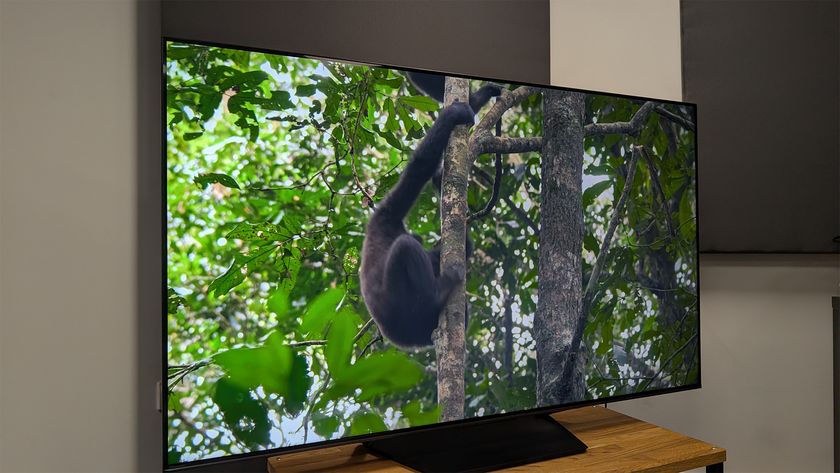
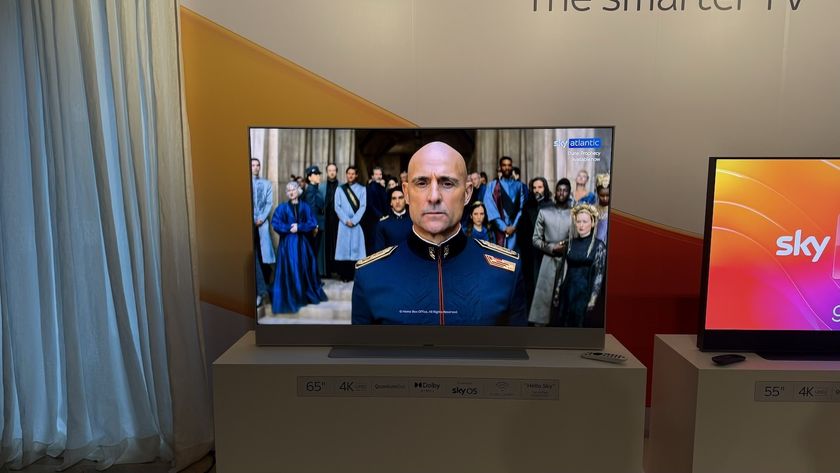
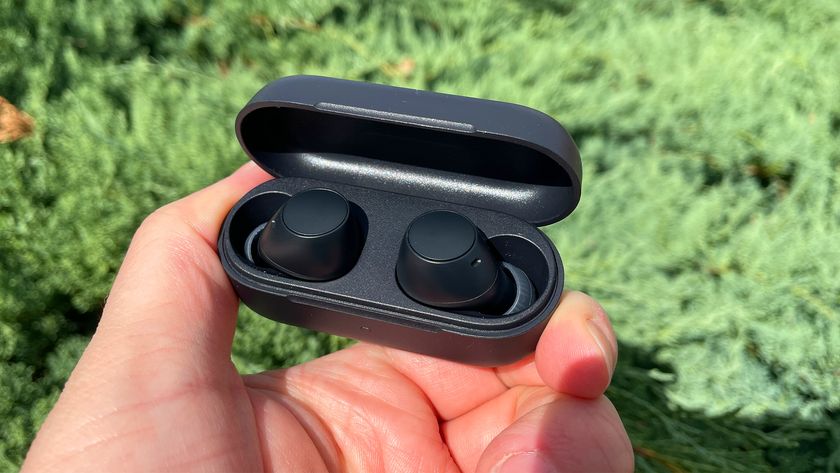
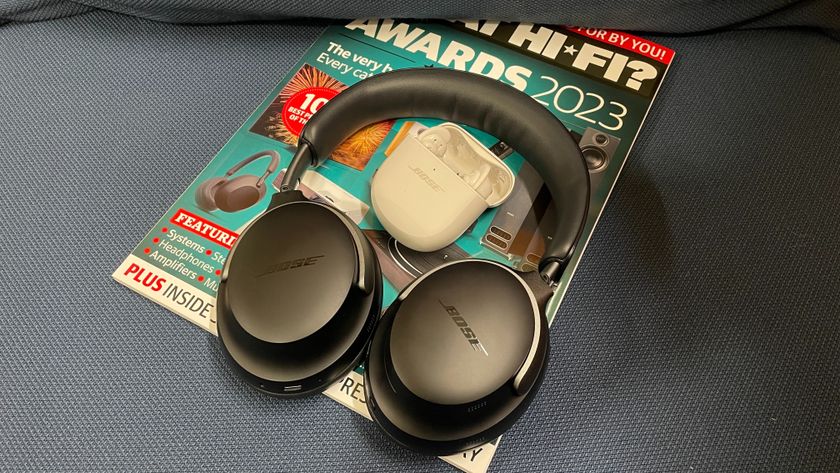

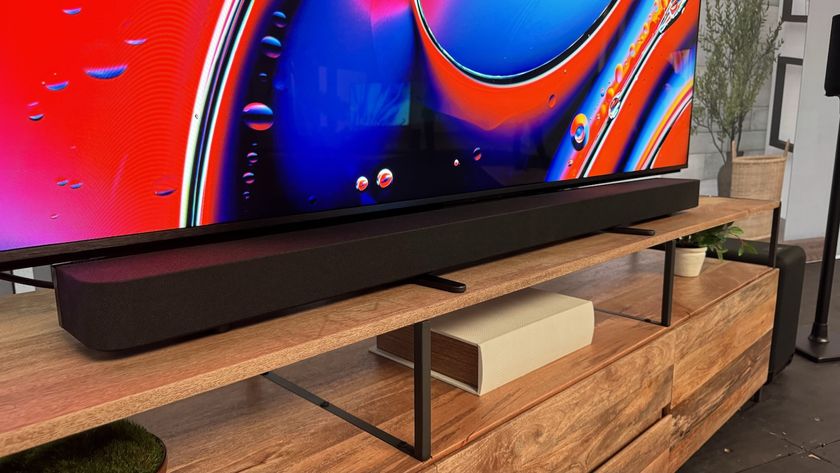

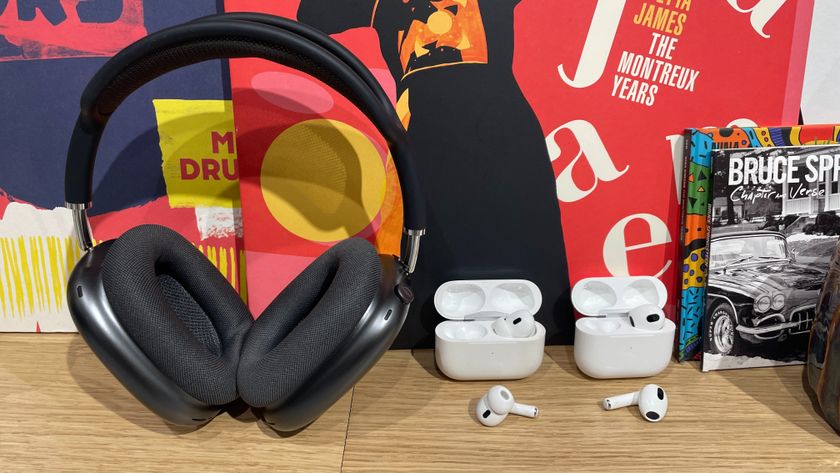
-
Reply
I just got a price match at John Lewis for the Samsung 75Q950R 8K TV with RGB Direct at £3499 and you get a free phone! I have decided to keep my 65-inch though in the future say 5 years time I will go for a 75-inch though. Code was Winter1000.What Hi-Fi? said:If you want to be really ahead of the curve, you could consider an 8K resolution screen. Here are the best 8K TVs you can buy
The best 8K televisions 2020: the ultimate 8K resolution TVs : Read more -
terryjbennett Got the Samsung QE65Q950R just before Christmas. Watching football noticed vertical white lines highlighted by the grass. Same when watching skiing. JL took it back and delivered a new one today. Same problem. Is this common with these 8k TVs?Reply -
Reply
We got 2 of them and haven’t got any vertical lines.terryjbennett said:Got the Samsung QE65Q950R just before Christmas. Watching football noticed vertical white lines highlighted by the grass. Same when watching skiing. JL took it back and delivered a new one today. Same problem. Is this common with these 8k TVs? -
terryjbennett Thanks gel. Not noticeable with films, normal tv. Just ordered a high quality HDMI cable to see if that makes a difference.Reply -
Reply
Can you take a picture of what it looks like and post here?terryjbennett said:Thanks gel. Not noticeable with films, normal tv. Just ordered a high quality HDMI cable to see if that makes a difference. -
terryjbennett A bit more info. Contacted Samsung, who using some clever technology, looked at the tv through my phone and agreed that there was a problem. More bands than lines I thinkReply -
Reply
Have a look at my football picture posted above - is that not what yours looks like?terryjbennett said:A bit more info. Contacted Samsung, who using some clever technology, looked at the tv through my phone and agreed that there was a problem. More bands than lines I think
